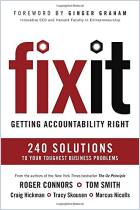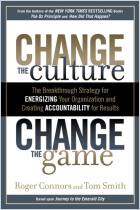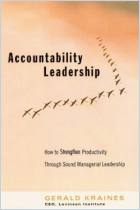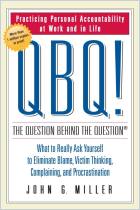加入 getAbstract 阅读摘要

加入 getAbstract 阅读摘要
Roger Connors, Tom Smith and Craig Hickman
The Oz Principle
Getting Results Through Individual And Organizational Accountability
Portfolio, 2004
看看什么内容?
Off to see the wizard? Ask him for accountability as well as courage, heart and brains. Then act like you have them all.
Recommendation
If you are looking for a simple guide to solving a complex business and career problem, welcome to the Emerald City. New York Times best-selling authors Roger Connors, Tom Smith and Craig Hickman believe that the “victim cycle” is a culture based on the refusal to see problems, accept accountability for them, solve them and take action is a serious business problem. They explain how the victim cycle stalls companies and careers from getting results. Their book positions The Wizard of Oz as an extended framework for a variety of self-help techniques you can use to overcome a sense of victimization and to eliminate the culture of victimization from your organization. The book also explains how accepting greater accountability for results can get a person, a team or an organization back on the path to success. And if the Oz metaphor is, perhaps, a little stretched here and there, just go with it. getAbstract finds that the advice is sound and the trip is fun. Like Dorothy, the tin man, the lion and the scarecrow, you, too, can journey down the Yellow Brick Road to a magic kingdom where you can achieve extraordinary results.
Summary
About the Authors
Roger Connors and Tom Smith are the co-founders of Partners in Leadership. They co-wrote the New York Times bestsellers Change the Culture, Change the Game and How Did That Happen? Craig Hickman is also the author of Mind of a Manager, Soul of a Leader and co-author of Creating Excellence.























Comment on this summary